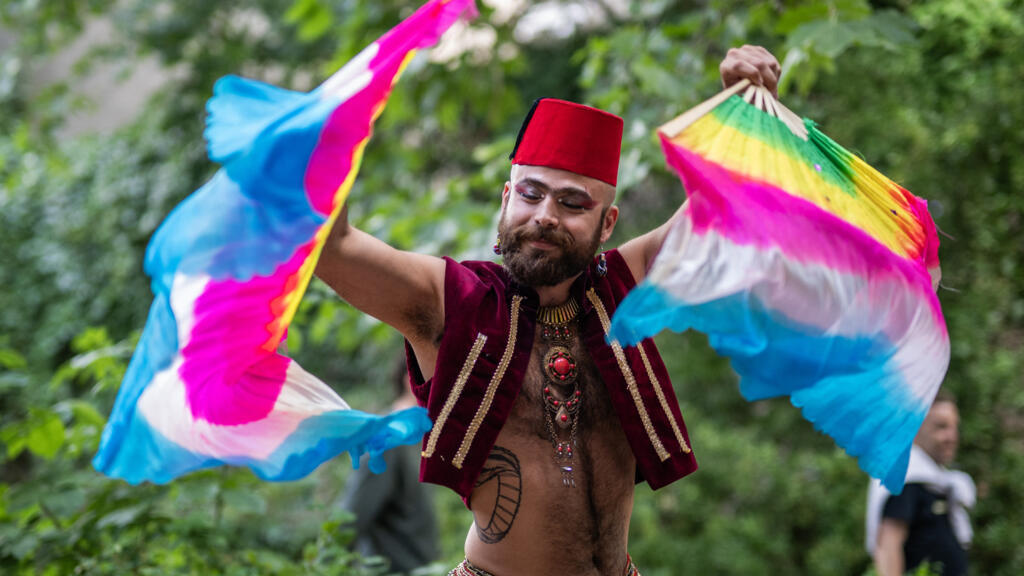
Dance is a universal phenomenon, and one we share with many animal species. But humans have expanded its function and made its codes more complex, with these varying according to era and culture, even acting as markers of gender or social class.
"Anthropologically speaking, I don't believe there are any cultures where people don't dance," says art sociologist Laura Cappelle, editor of "A New History of Dance in the West: From Prehistory to the Present Day".
The first figurative representations of humanRFI dance appeared around 40,000 years ago. But, in the absence of archaeological evidence prior to that, anthropologists have sketched out the contours and timeline of a practice that is undoubtedly much older.
Archaeologist Yosef Garfinkel says this history can be mapped out in five stages.
The first is dance for seduction, which he says could date back a million years and a function of dance we share with many animals.
The second, which he dates to around 100,000 years ago, is linked to funeral rites. This corresponds to the emergence of group dancing.
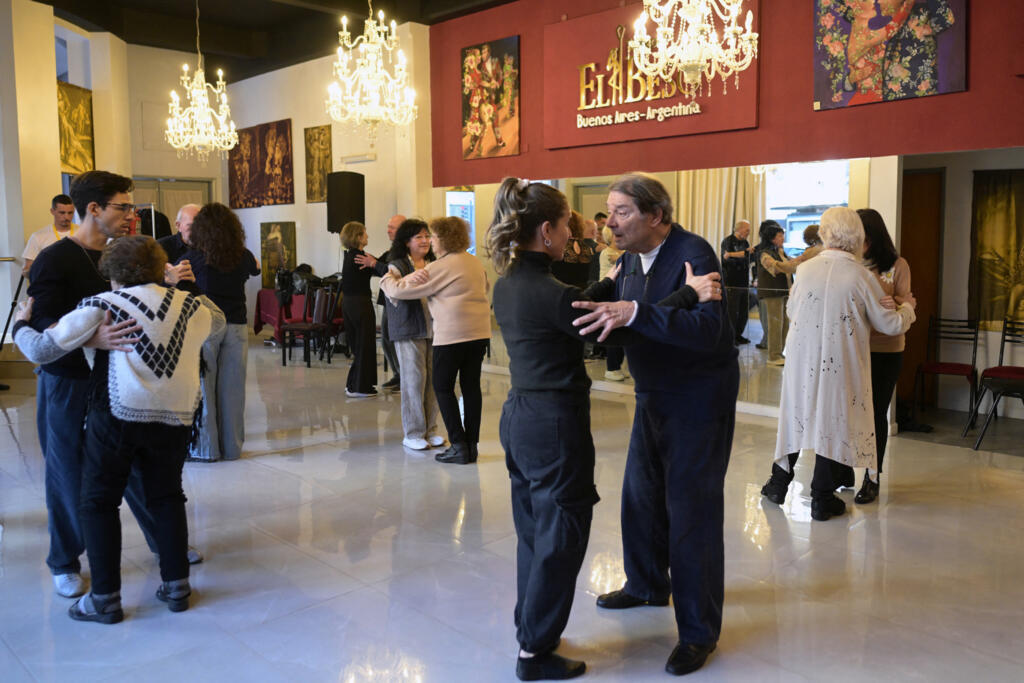
For the three stages after that, we are able to rely on visual representations. Forty thousand years ago, trance dances appeared, "along with shamanism, magic and religion".
A little over 10,000 years ago, ceremonies accompanying the seasons were established, in connection with the birth of agriculture.
Finally, 5,000 years ago, with the emergence of the first cities, dance became a particular skill, even a profession – in front of an audience, the body became a spectacle.
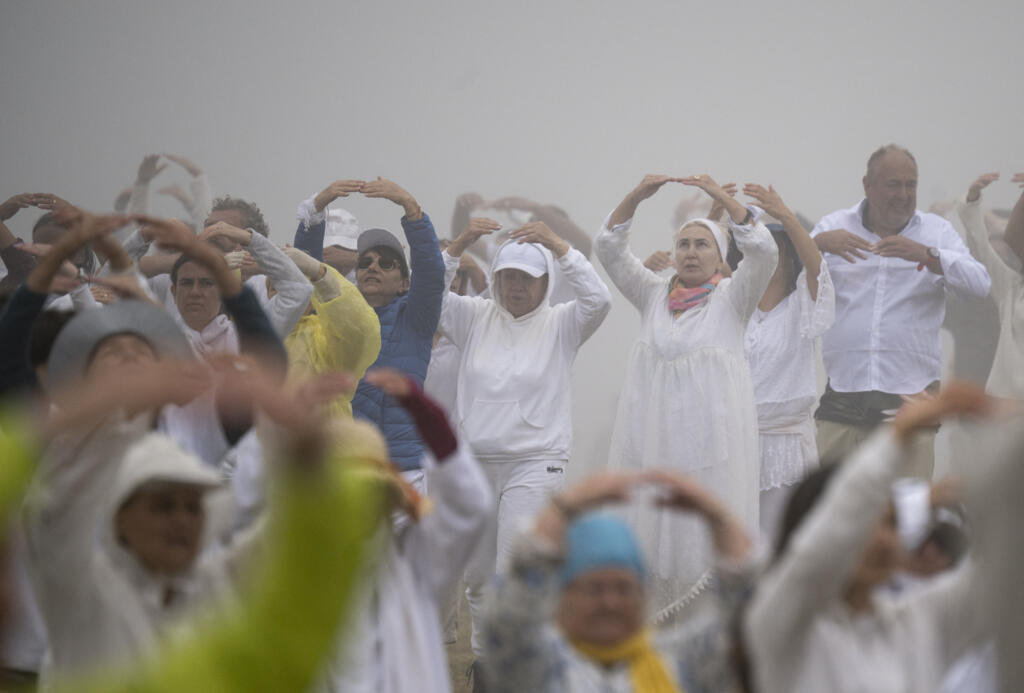
'Thinking through movement'
But where did the impulse to dance come from? While we commonly dance in pairs or in groups, we also dance alone, without an audience, for our own pleasure.
When asked why we dance, Cappelle says: "It's a way of thinking through movement, which brings joy and a whole range of emotions that make us feel alive. We often dance to be together, without having to talk."
Unifying African identities through modern dance
Although she says this shared experience is being diminished today, leaving dance in danger of becoming the preserve of specialists.
"People feel that they dance less, especially in rural areas, with the decline of popular dances and nightclubs," she laments.
She added that dance is no longer part of the curriculum in primary or secondary education in France today, and many other countries. "Today, it is entirely possible to leave the school system without ever having taken a dance class."
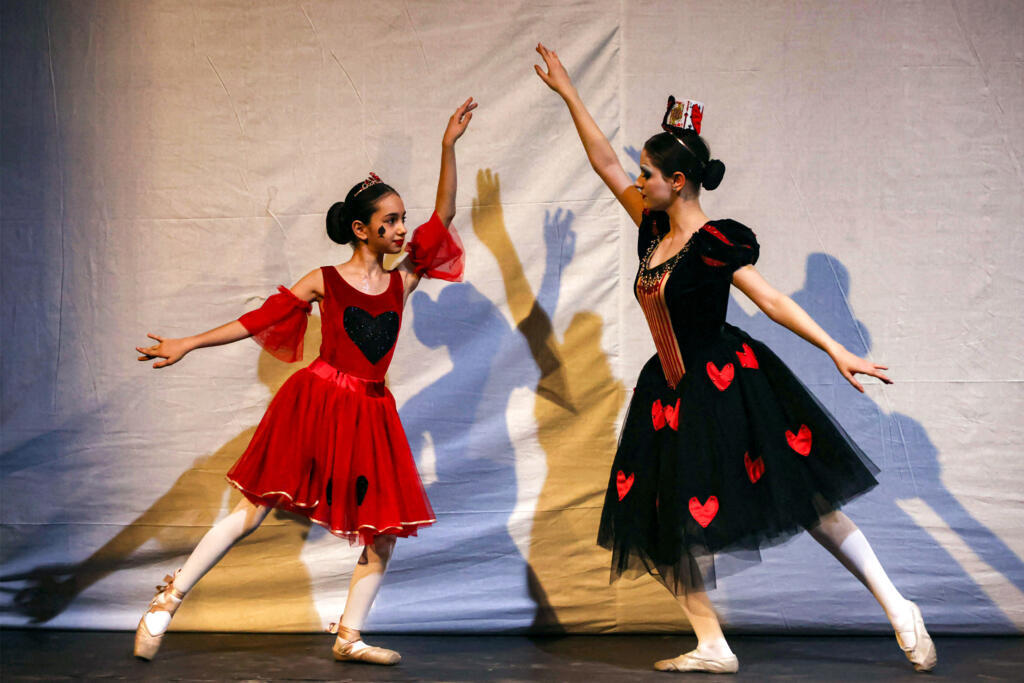
Gender roles
Dance as an integral part of one's education was seen in Ancient Greece, where it served a specific purpose, as Cappelle explains.
"The presence of dance in the education of citizens in Ancient Greece is linked to the fact that they learned war dances. They learned to wage war by learning to dance. Attacking and defending oneself was a matter of mastering the body."
She adds that this connection between dance and combat can also be seen in capoeira, the Afro-Brazilian martial art that incorporates dance, acrobatics and spirituality.
'Beauty exists everywhere’: Ballet builds hope for future in Nairobi slum
This may seem at odds with the more modern idea that dance is a feminine occupation, but according to Cappelle: "The idea that dance is feminine is not universal."
Dance was similarly primarily a masculine activity during the Ancien Régime, the political and social system in France before the Revolution of 1789. It was the rise of the bourgeoisie in the 19th century feminised it, with the stage one of the few places where women took the lead.
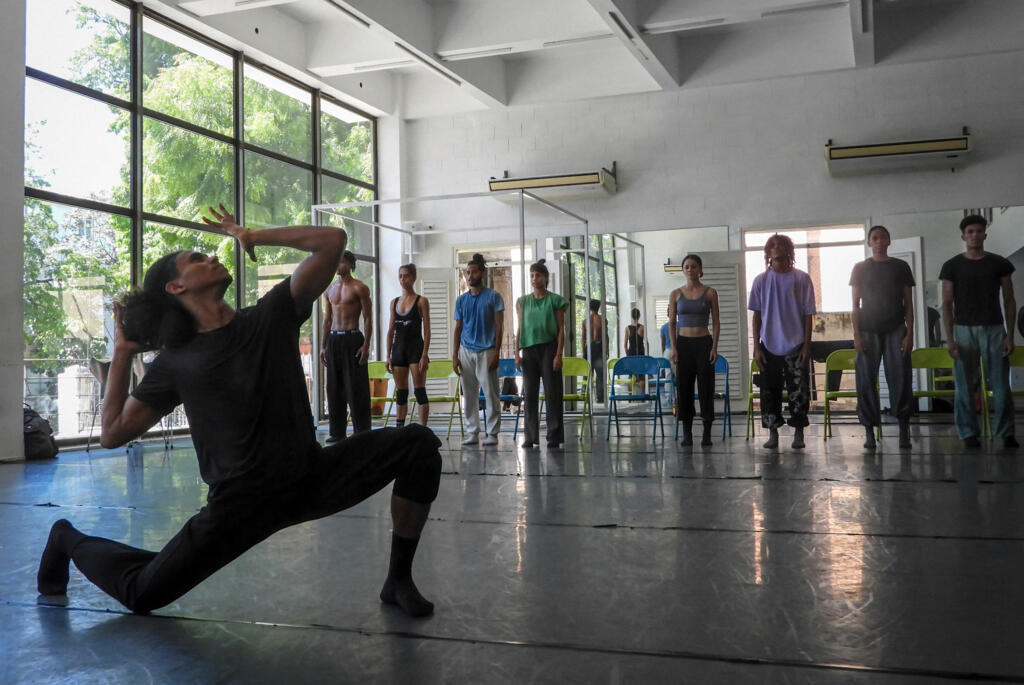
According to Garfinkel, the first manifestation of music for dancing was the use of bells and shells as adornment on the dancer's body. Unlike music, however, which was codified very early on in the West, dance was not transcribed until the 18th century, using a wide variety of notation systems.
For Cappelle, dance remains perhaps the art form most resistant to any form of verbalisation.
"There are things that happen during a dance that are difficult to put into words. That's kind of our problem as critics and researchers. It's difficult to assign a single meaning to movement. Often, movement lends itself to multiple interpretations and generates emotional states."
But, she adds: "For me, this ambiguity of movement is part of what makes it particularly powerful. Unlike theatre, for example, where we are limited by what our language can offer us today, with all its possible experiences, the body in motion says things that are difficult to express in any other way."
This article was adapted from the original version in French.







